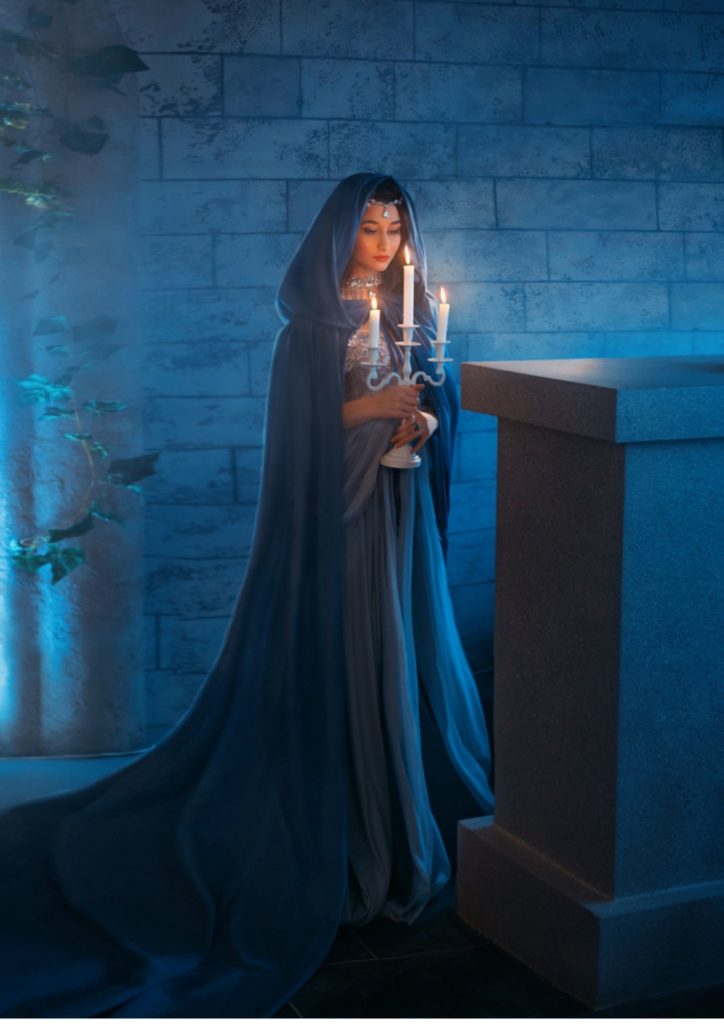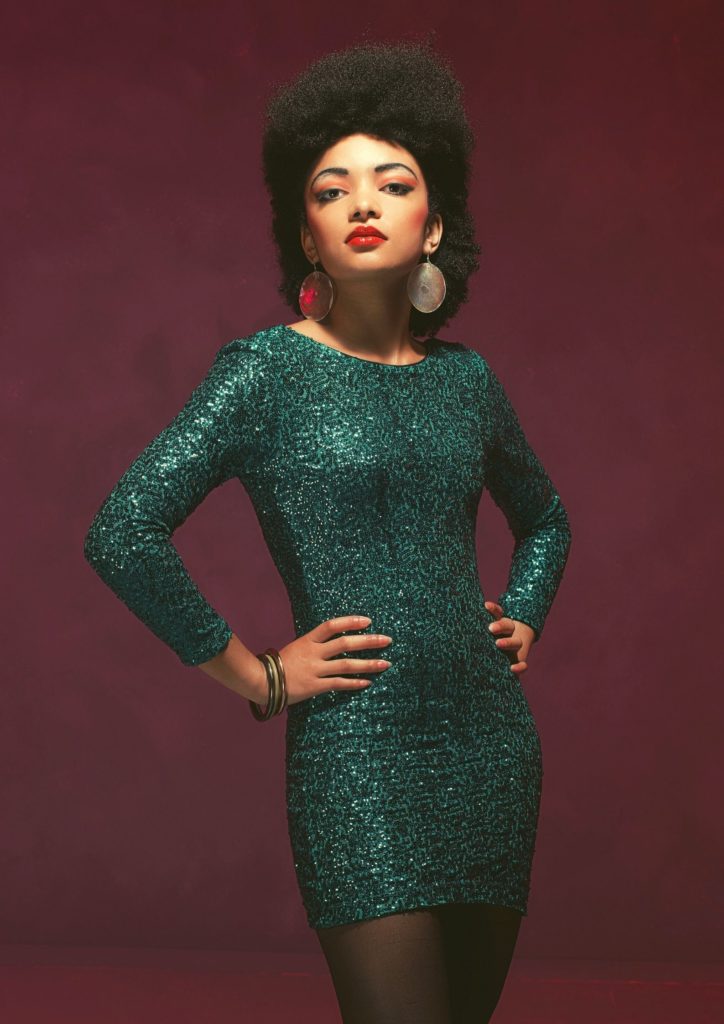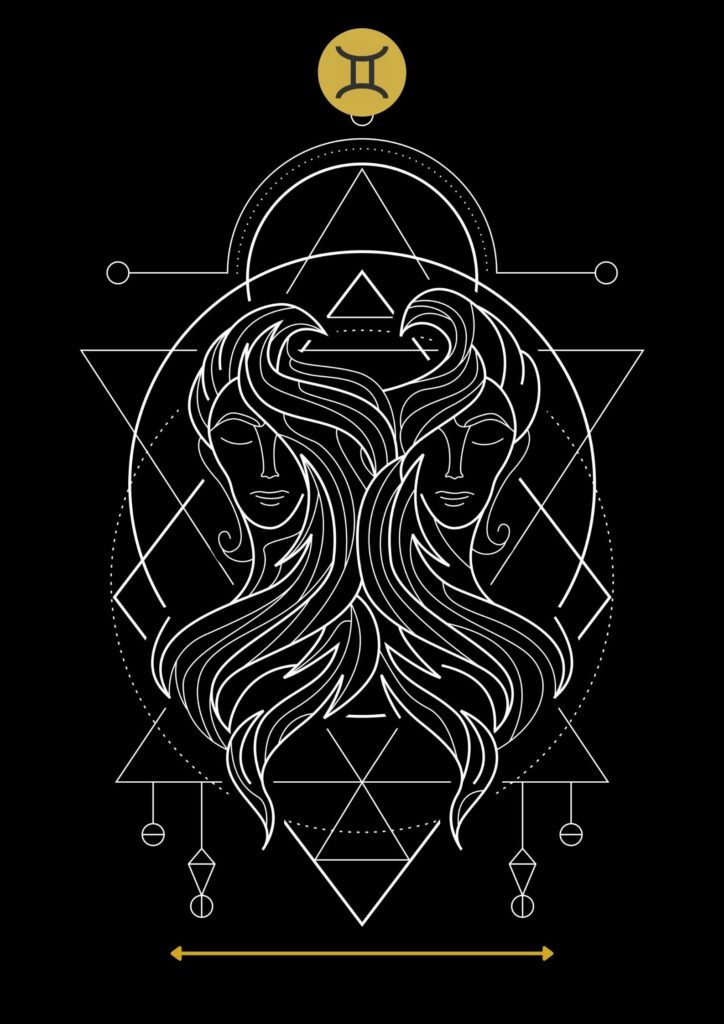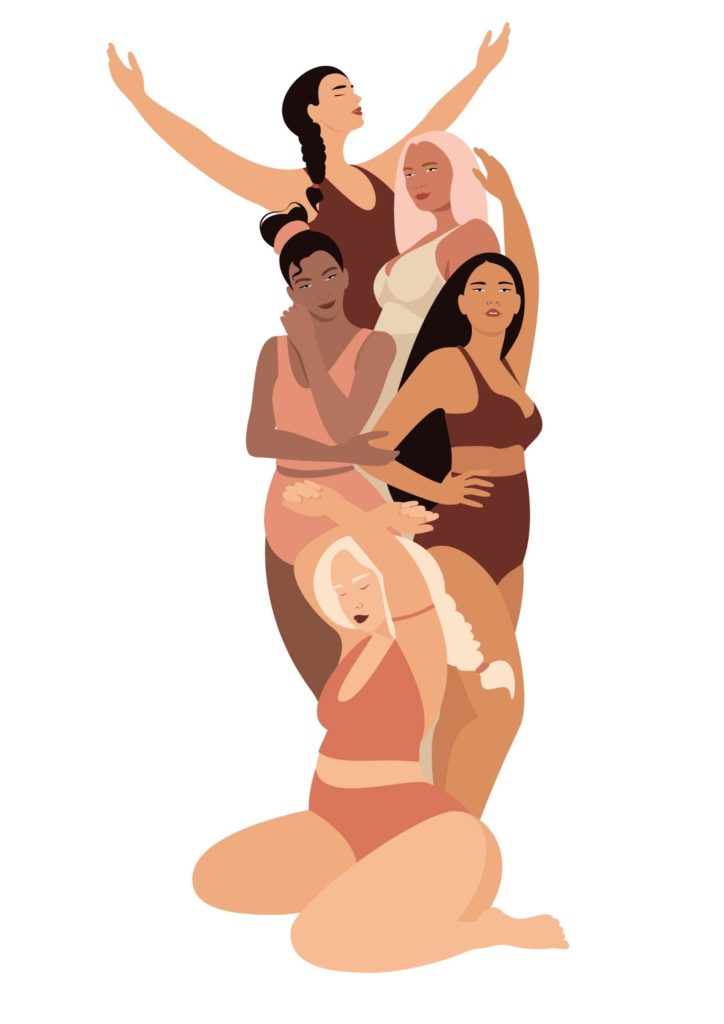The idea of a cape always sounds fascinating, doesn’t it? From members of religious orders to superheroes, capes look like the people in them are shrouded in mystery. And then there’s also an air of power about the idea. Perhaps that is why capes were a signature part of the clothing of powerful people in ancient times until it became a fashion concept in modern times. Let’s take a walk down the evolution of this enigmatic cape.
From the medieval ages through modern times, in reality, and fiction, across religious, political, and social evolution, the cape has remained important for certain sections of the society.
To start with, the name stems from the Latin word “cloca” which translates to a cape, or somewhat.
The erstwhile cape
Documented history of fashion records the earliest use of cape from 1066, where shepherds or soldiers would wear a cape around their shoulders. The reason seems quite logical – protection from the weather, rain, or snow. Then by the 1300s, women started sporting them, often called “mentels”.
The shorter collar style capes was very common among the warrior clans, mostly women, of the northern European region.
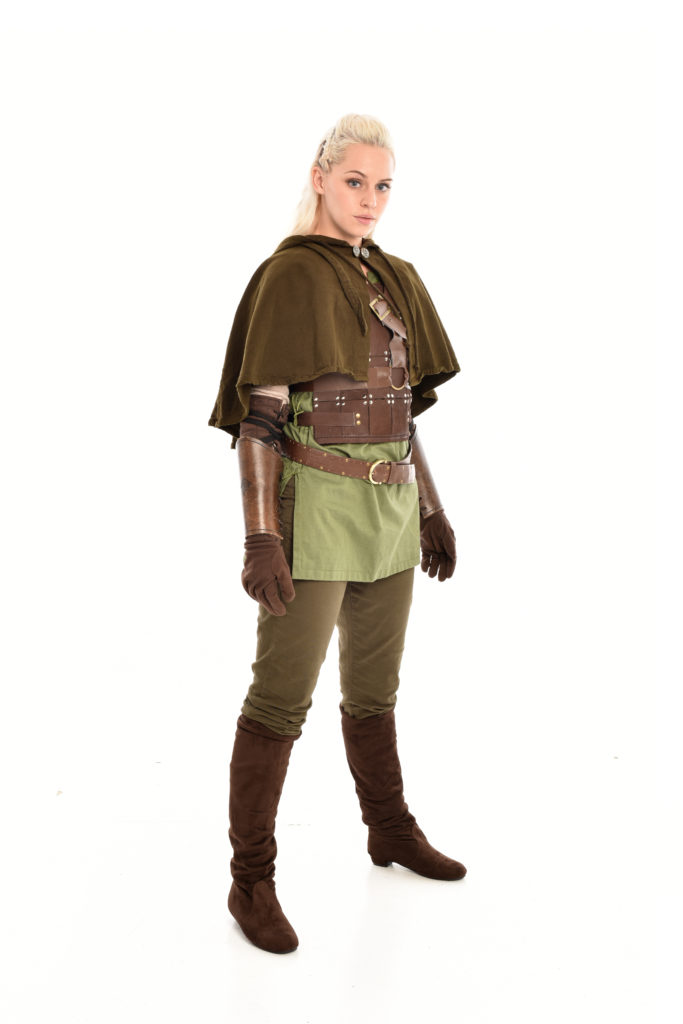
The earlier version of capes was just that – full-length coverings worn over regular clothes, or for women on special occasions to protect the fancy attire. Over time, this idea became practically more unviable.
Between the earlier version of the long cape and its future transformation into a collar style, the short cape also found itself in 19th century Parisian couture and were a part of the Carrick Coat, a trend of that time.
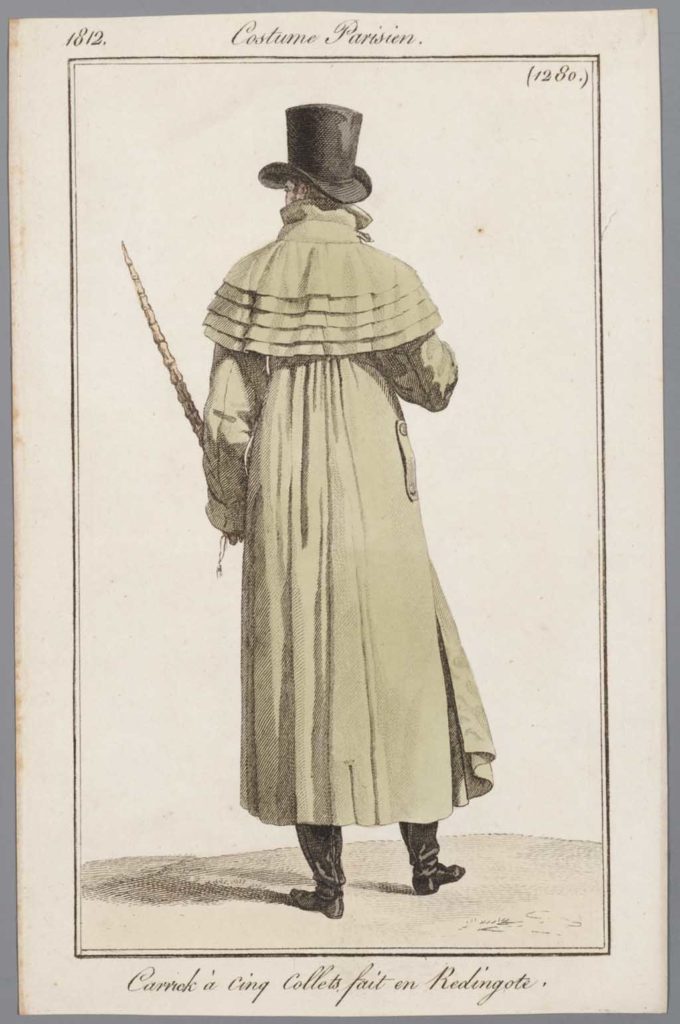
And eventually, by the mid-20th century, designers reinvented the cape completely. The length became shorter, almost to the chest, making it look like an extension of the collar, quite akin to the medieval warrior attire. But of course, the emphasis now was more on the shape, fabric, flow of the design, and seamless lines.
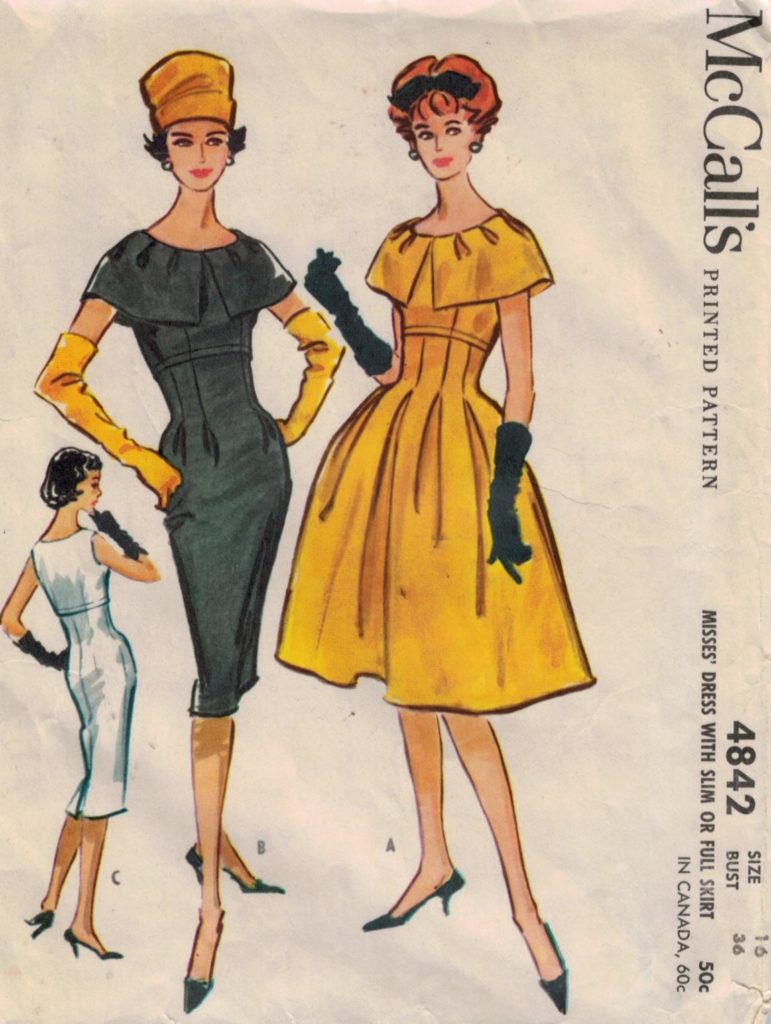
So, what does this extensive history of the cape tell us with respect to fashion psychology?
Three things to be precise-
It represented high ranks in the society – priests, nobles, kings, queens – like Queen Elizabeth I and Queen Victoria have been seen sporting capes.
It is a sign of being bold and brave – as we see in almost all superheroes sporting a cape, at least at some point.
It is a classic style that can be iterated into something contemporary but that still holds its sophistication.
The psychological significance of the cape lies in its protective measure – it is a way of creating a cocoon for yourself and your energy that makes you strong, powerful.
This is precisely why we might think superheroes wear capes. It is a protective measure to safeguard your mental strength and to feel exclusive at the same time.
In modern clothing, the idea of the cape style gives you pretty much that sort of comfort and distinctiveness – more of a psychological benefit than a functional one.
Deep down, the idea is also to probably give you the feeling of being like a superhero, because we all are, in our way, empowering ourselves, and empowering others, one little action at a time.
